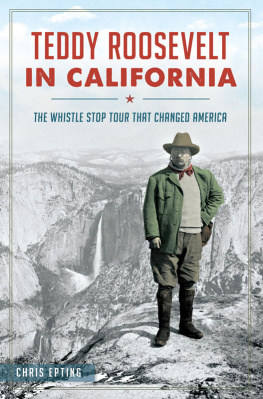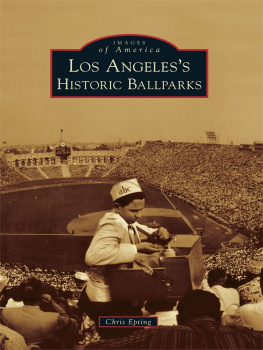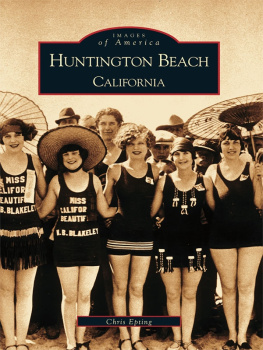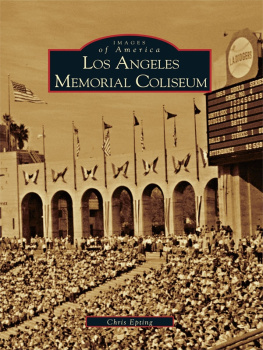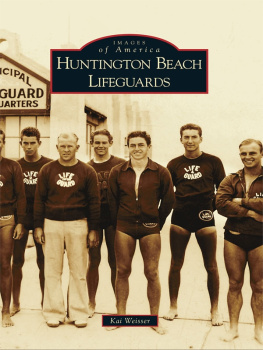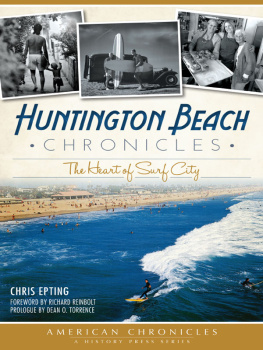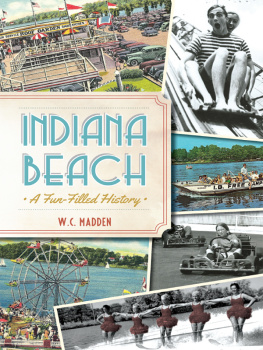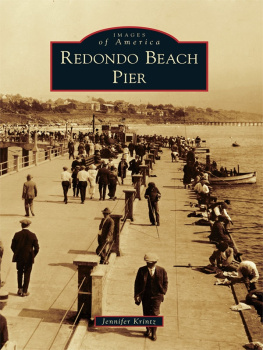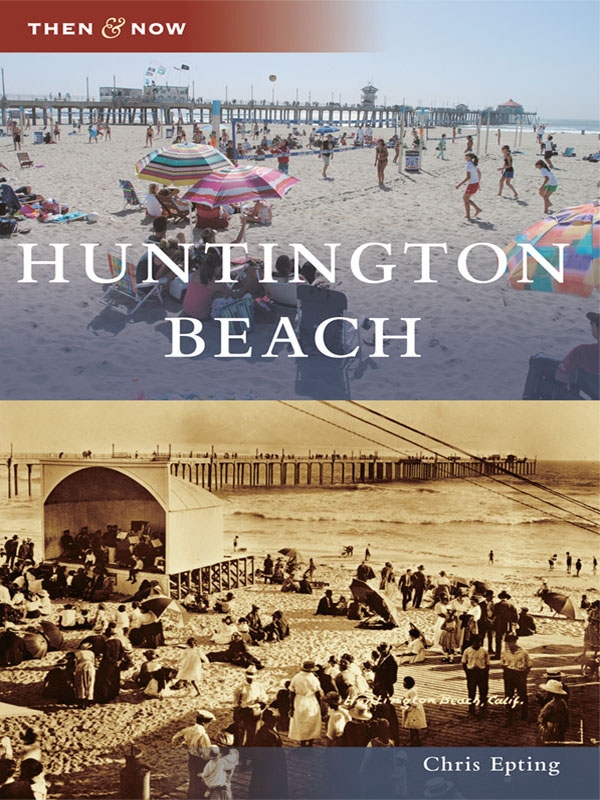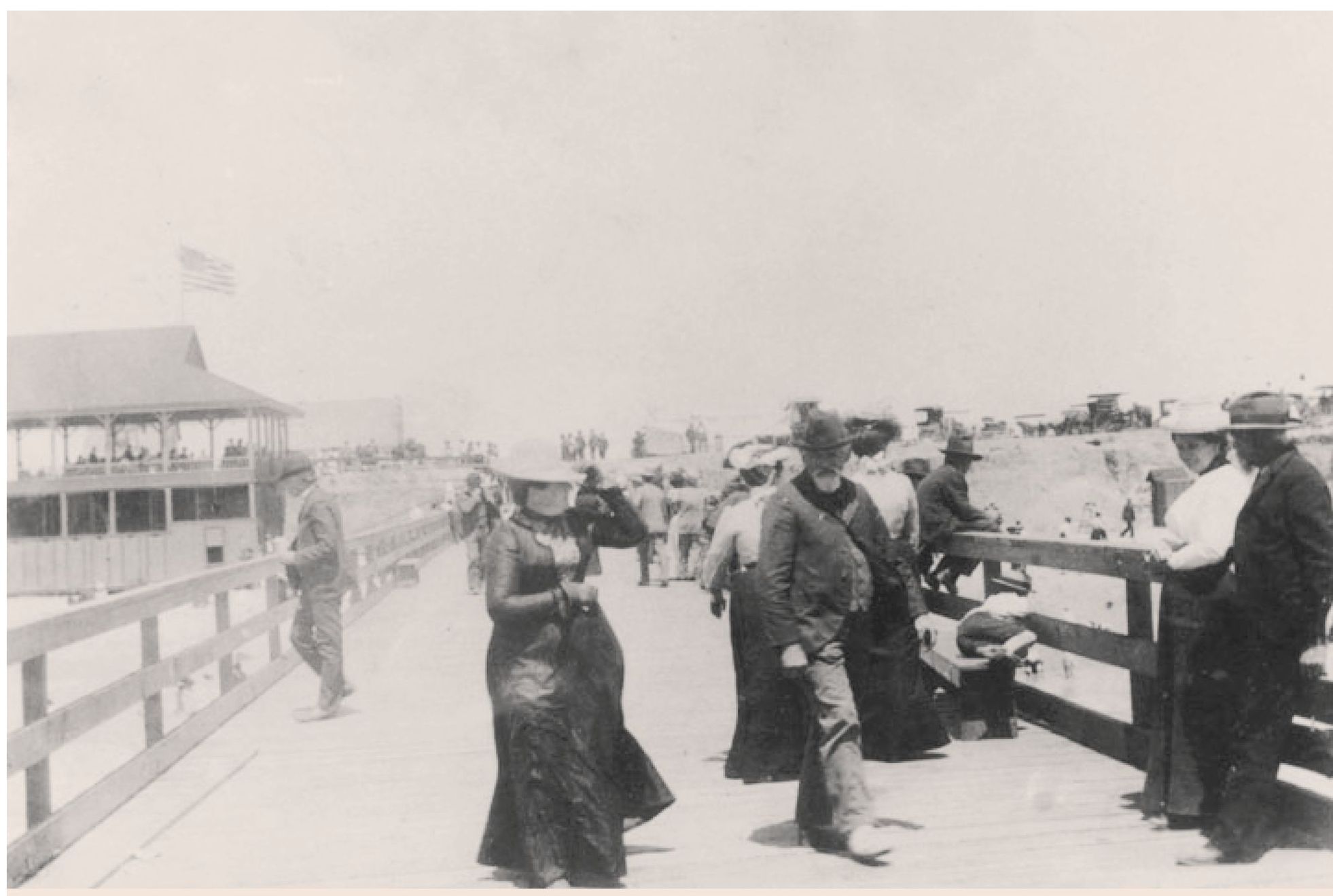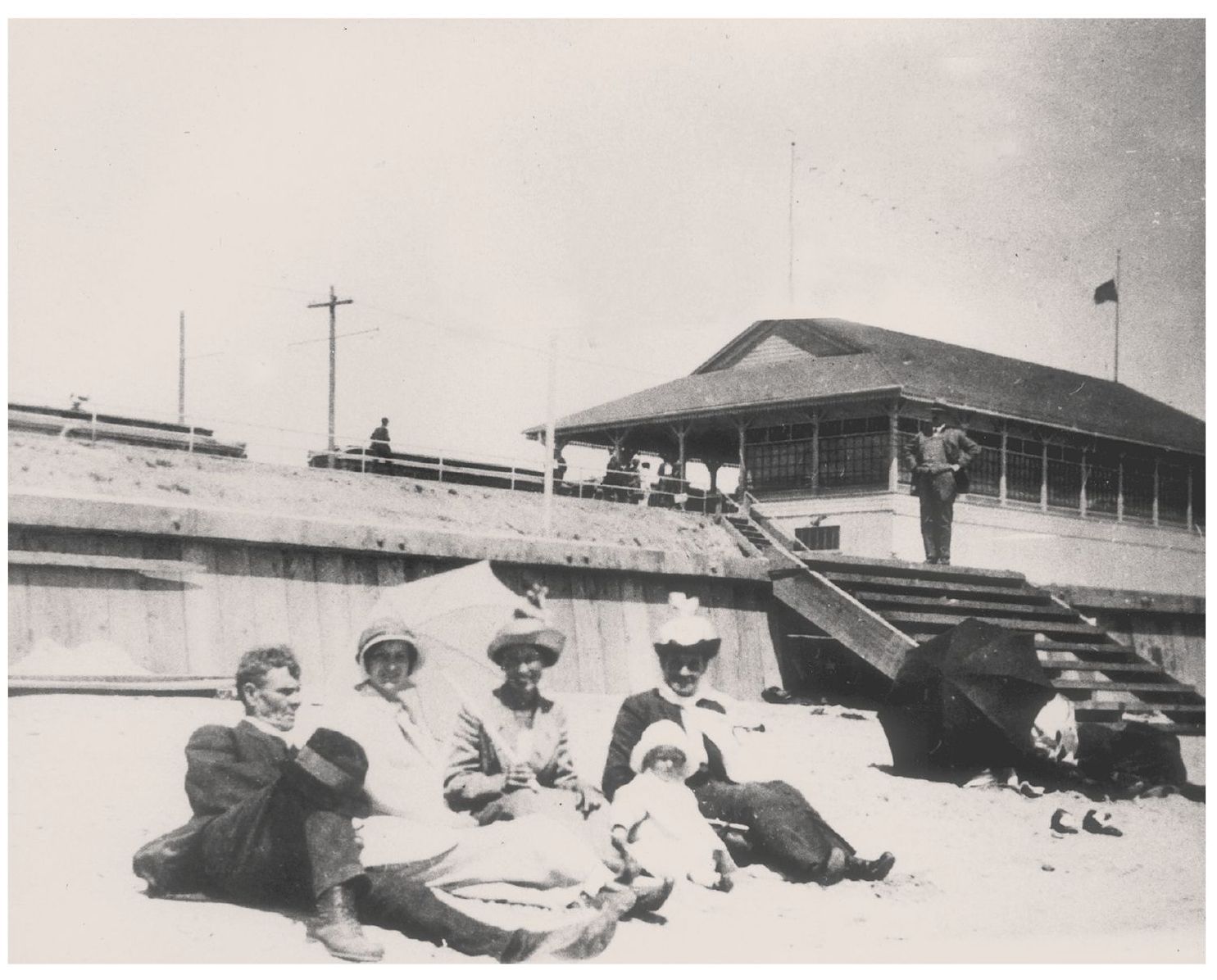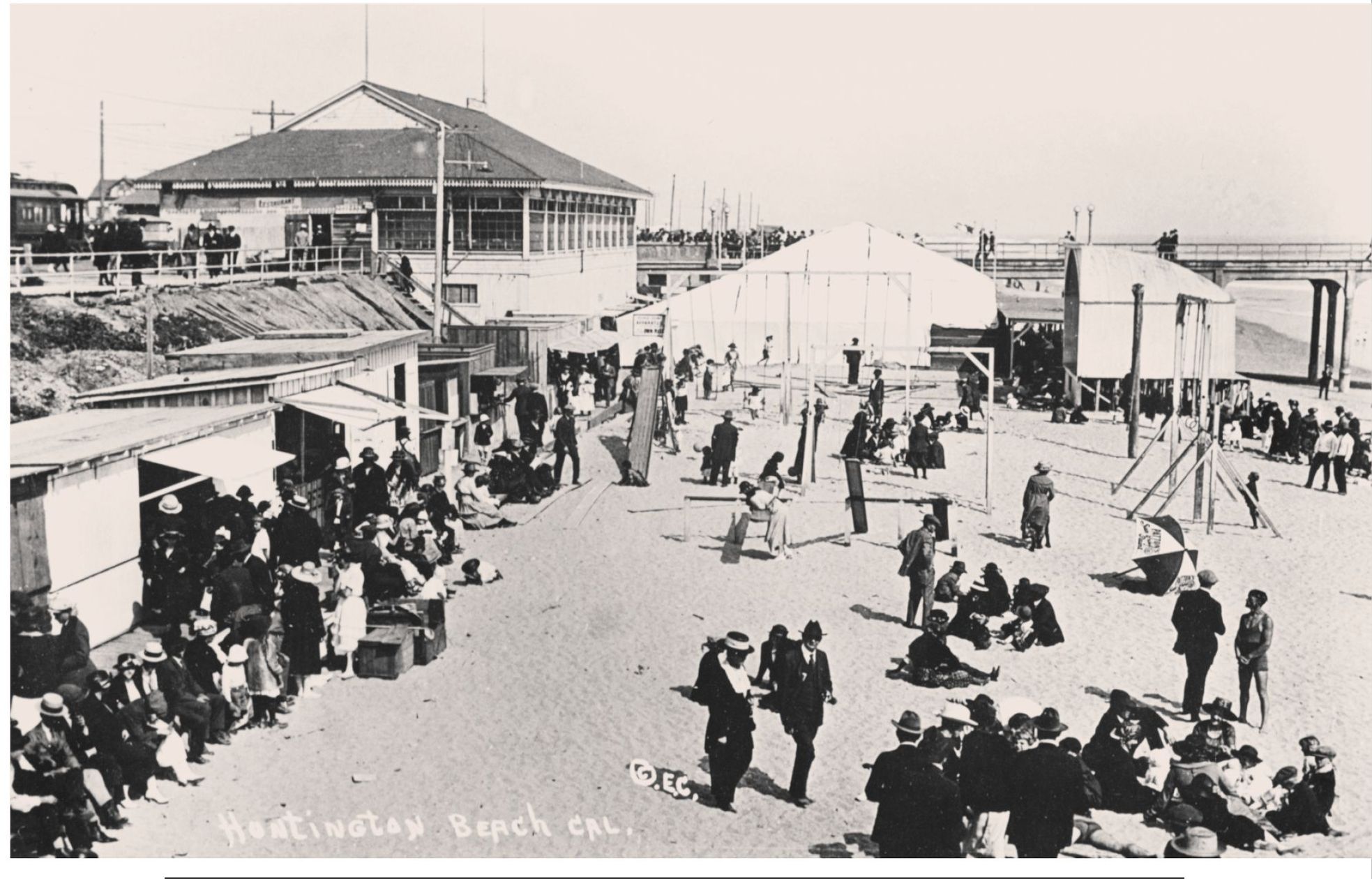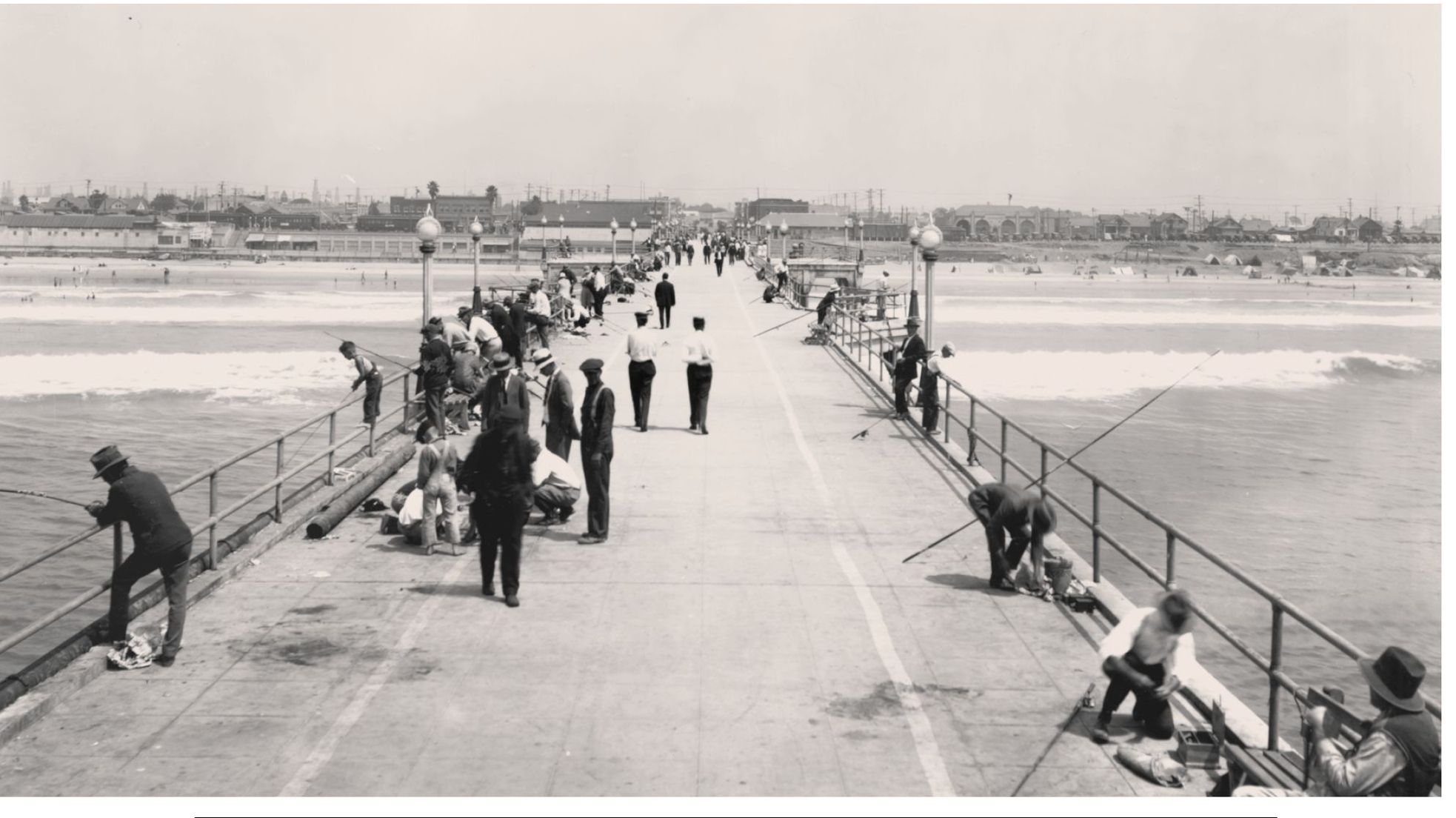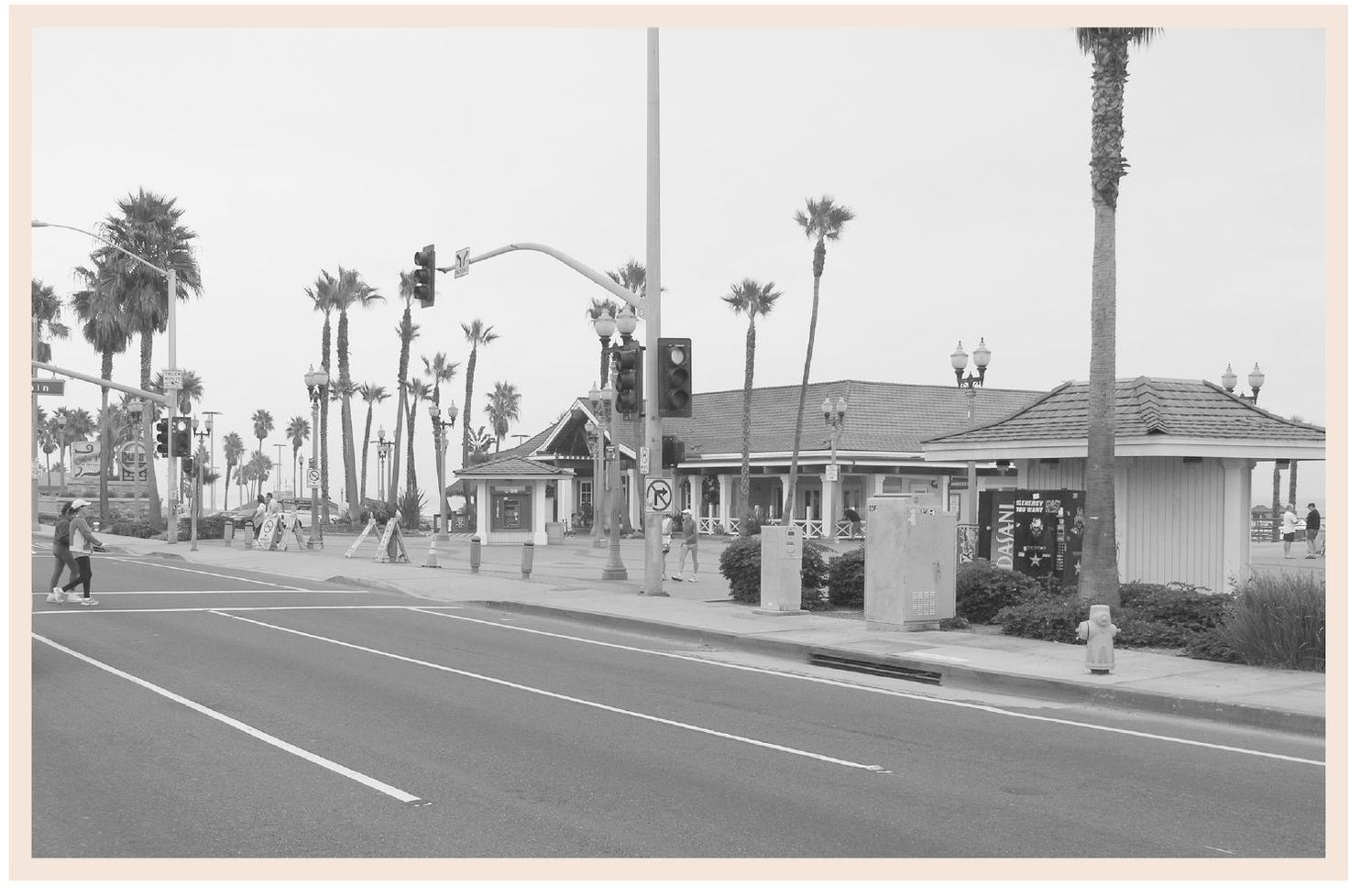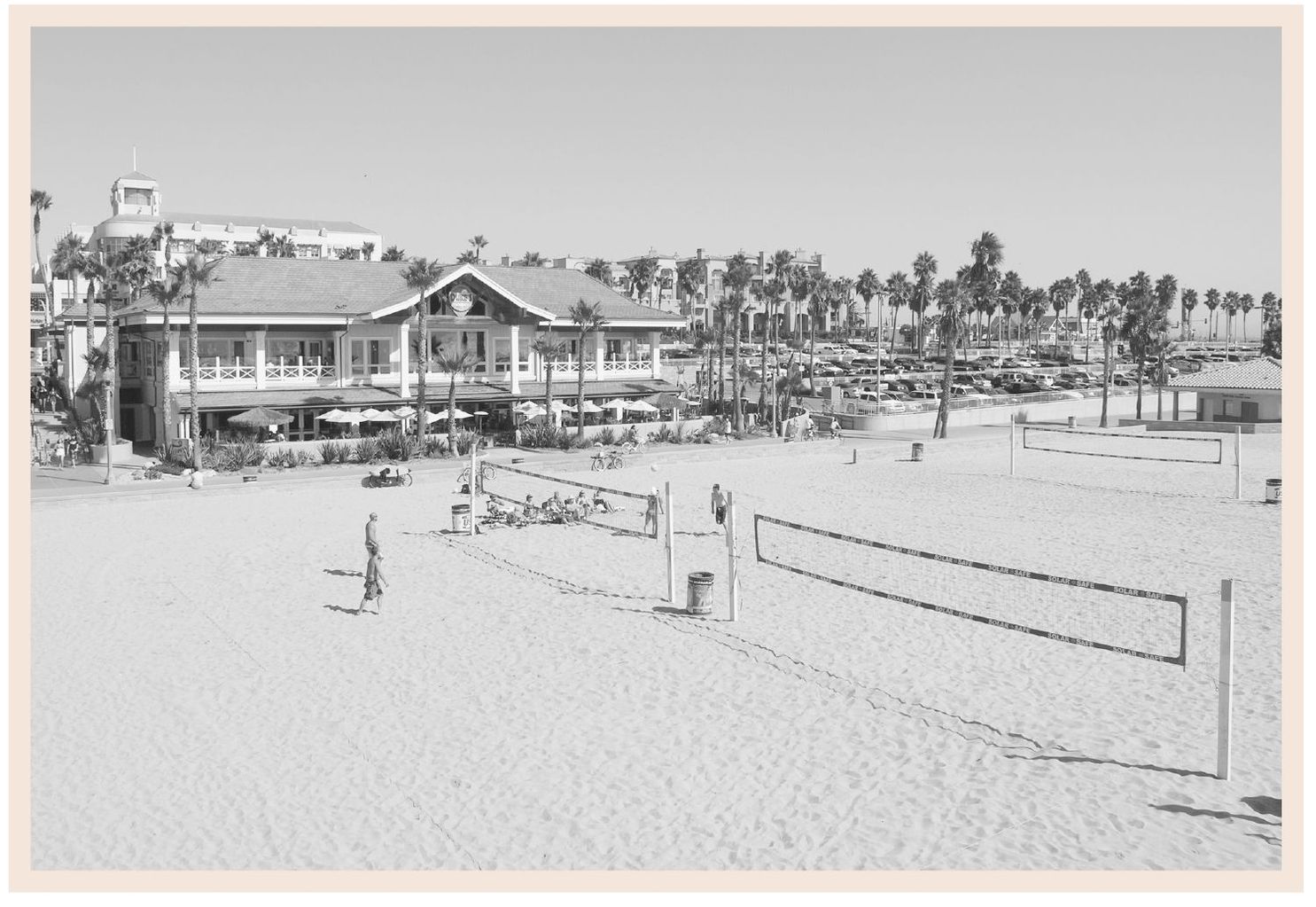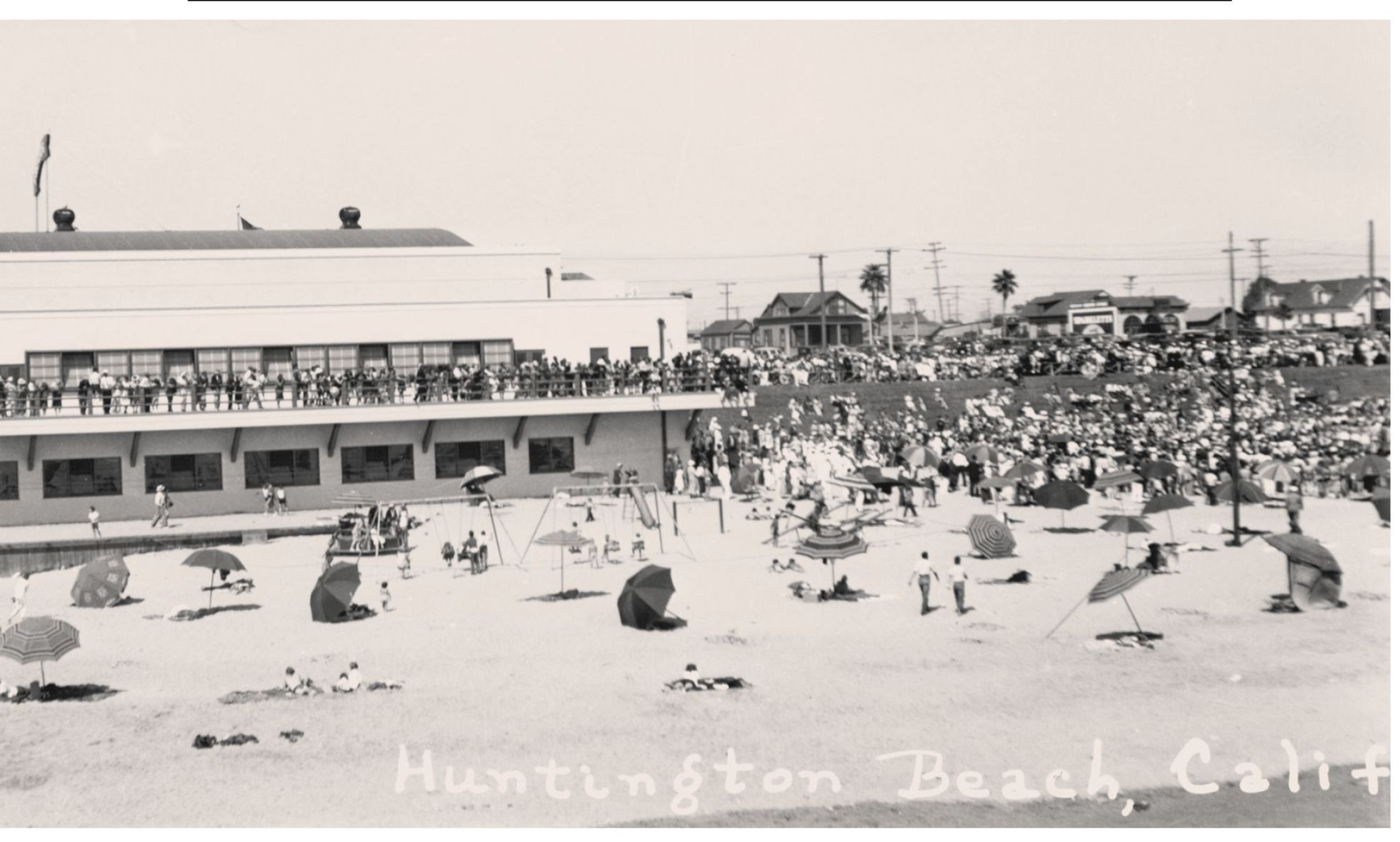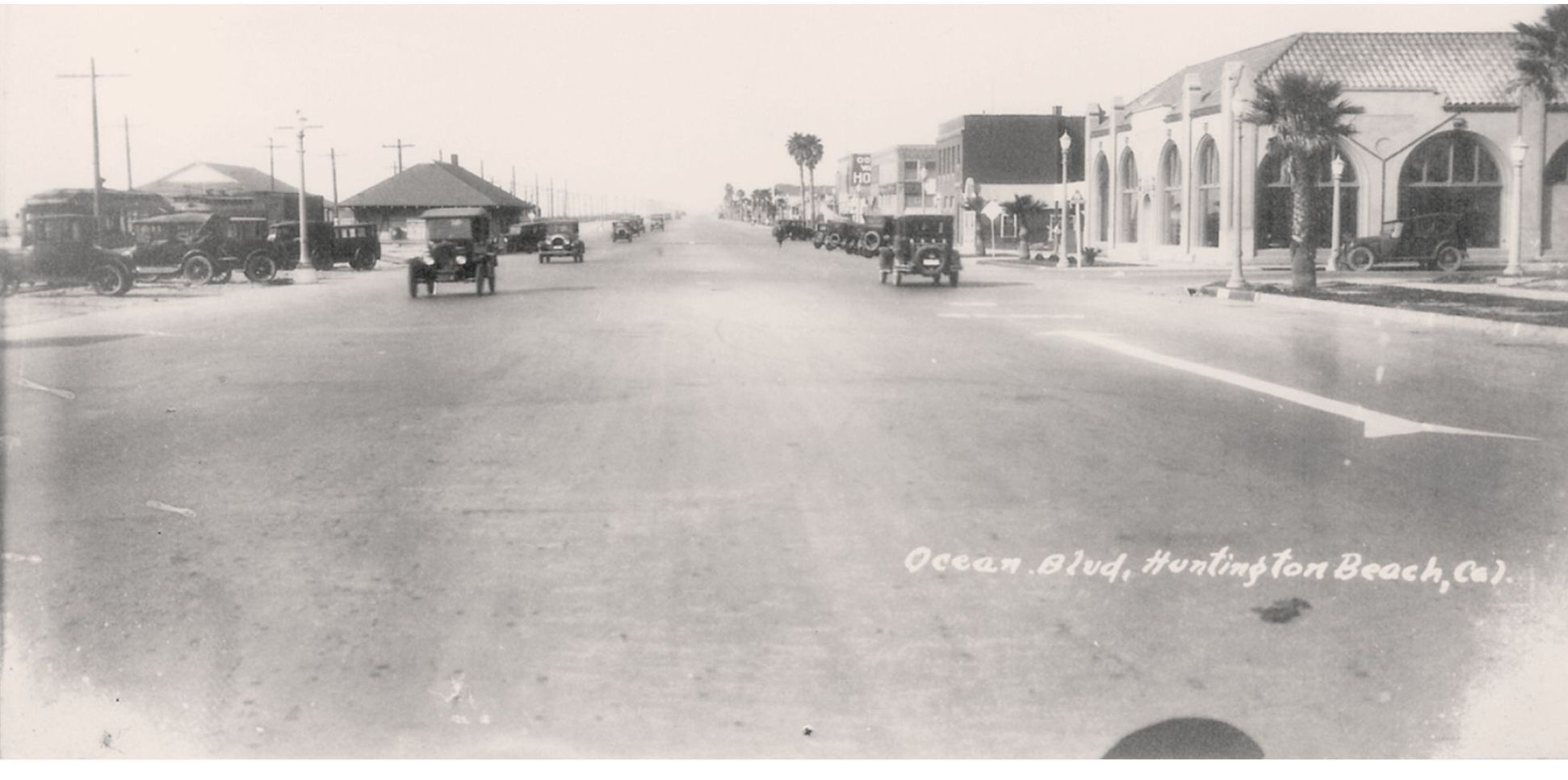ACKNOWLEDGMENTS
Working on this book has been a terrific experience in that it forced me to take a closer look at the place I call home.
When I did my first Arcadia book (Images of America: Huntington Beach ), I relied on the sage wisdom and sharp memory of city historian Alicia Wentworth. Sadly, Alicia passed away recently, but I had many notes and stories from her several years ago that have come in handy during the creation of this book. Thank you, old friend. Ive heard your voice several times while shooting these photographs, and its made me smile.
I would also like to thank my wife, Jean, for her typical patience and support. To my daughter, Claire, and son, Charliewell, what can you say to the worlds best kids? And that my mom lives here in Huntington Beach just minutes from us makes it almost feel like I grew up here (as opposed to New York).
Special thanks to the exceptional historian Chris Jepsen, assistant archivist at the Orange County Archives. He, along with county archivist Phil Brigandi, was extremely generous both with photographs and knowledge. Thanks as well to Jack Clapp for his photographs and great stories about his family history in Huntington Beach and to Marvin Carlberg for the use of his sensational postcard images. All of the then images in this book are courtesy of the Orange County Archives , the generous donations the aforementioned contributors, or the author; the now images are all courtesy of the author. To Shirley Shaver, Billie Kennedy, Jerry Person, and every other local who helped me sort through facts, details, and remembrances, thank you. To the staff at the Huntington Beach Independent newspaper, thanks for the support. To Jerry Roberts, Devon E. E. Weston, and the rest of the Arcadia Publishing staff, thank you for the tireless efforts in helping to document our nations history.
And to each one of you holding this book right now, thank you so much for your interest.
THEN IMAGE SOURCES
Orange County Archives, 11, 15, 17, 20, 22, 25, 30, 47, 67, 77, 79, 85, 87, 88, 96, and 99
Jack Clapp, 18, 48, 50, 5154, 56, 57, 72, 76, and 91
Marvin Carlberg, 27, 29, 62, 69, and 70
Billie Kennedy, 63
Shirley Shaver, 64
All other then images were provided by the author
Now images were taken by the author.
Find more books like this at
www.imagesofamerica.com
Search for your hometown history, your old
stomping grounds, and even your favorite sports team.
CHAPTER 1
NEAR THE PIER
HAPPENINGS
AROUND THE BEACH
This is a view of beachgoers strolling along the first Huntington Beach pier around 1904. It was a 1,000-foot-long timber structure, built in 1904, five years before the citys incorporation. Oil wouldnt be discovered for another 15 years or so, so this was still a quiet, civilized spot for a day in the sun. Though, from the looks of the heavy clothing and hats, getting a tan was not exactly a priority during this era.
The old Pier Restaurant sits to the upper right of the well-dressed folks enjoying some sun in 1914. Today the restaurant is gone, as is the sand where the folks in the vintage photograph are relaxing. It has since been re-landscaped with a lawn to accommodate both the look and feel of the newer pier area, along with the changing tidal line.
The band shell pictured on this books cover is visible here at the far right of the older photograph, which dates to around 1910. The Pier Restaurant is visible on the left, and the sand is filled with vendors, swing sets, and other ways to pass the time. Today a concrete strand/bike path makes it easy to navigate the area along the shore.
As it is today, the pier back in the 1930s was a popular spot for local fisherman. In the distance of the vintage photograph, to the left, oil wells can be seen. To the right, the Golden Bear nightclub can also be seen. In the post-oil boom years, Huntington Beach is starting to take more shape.
In the early 1900s, Pacific City as it was called sold out to a group of investors, including Henry E. Huntington (which is where the citys name came from). One of the first things Huntington did after building a wooden pier was to connect the Pacific Electric Railway to the city. The station pictured here was located right at the foot of the pier (note the horses in the middle of the older image). Today Dukes restaurant is located at the site. (The ATM in the very middle of the modern shot is where the station sat.)
Just a year before our country entered World War II, on the Fourth of July in 1940, this then shot (taken from the pier) illustrates just how popular Huntington Beach was becoming with Southern Californians. Today Dukes restaurant is clearly visible, along with some volleyball players. The reason the now shot looks so quiet is that it was shot during January.
Ocean Boulevard (before it became Pacific Coast Highway) is pictured here near Main Street. The vintage shot features some early-1920s automobiles, along with the train station visible just left of center. To the right is a car dealership. Today the street has been completely redeveloped, and nothing from the past remains.


